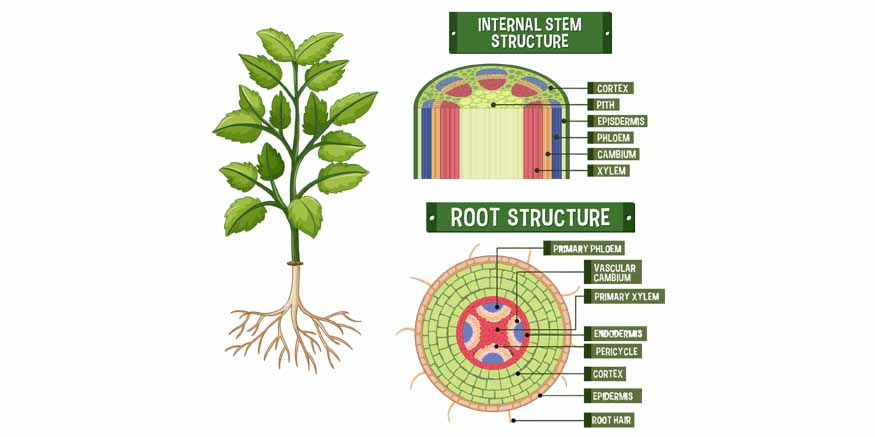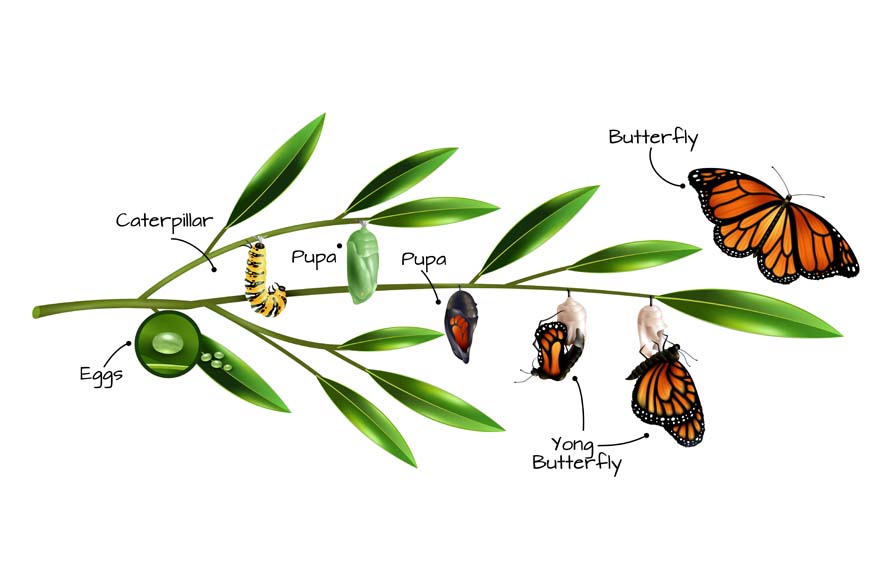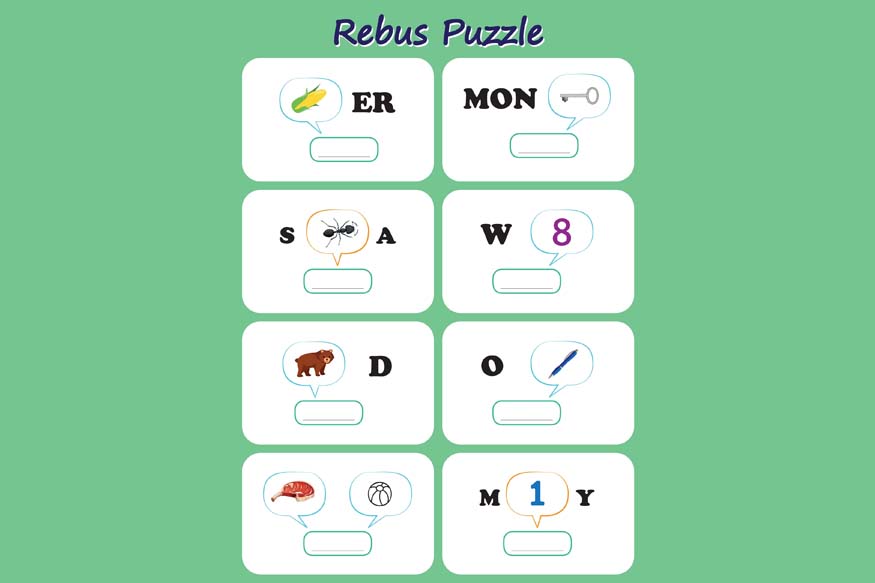Plants are remarkable organisms that have evolved complex systems to survive and grow. One of the most crucial functions in a plant’s life is transporting nutrients. This process involves moving water, minerals, and nutrients from the soil to every part of the plant. Let us dive into the step-by-step breakdown of how plants transport nutrients.
Plants Nutrients Transportation: A Step-by-Step Breakdown
- Root Absorption
- The Role of Xylem
- Transpiration and Cohesion-Tension Mechanism
- Distribution of Nutrients
- The Role of Phloem
- Translocation Process
- Symbiotic Relationships
- Adaptations for Nutrient Transport
The journey of nutrients begins in the roots as they are the primary interface between the plant and the soil. Roots absorb water and dissolved minerals from the soil through tiny hair-like structures called root hairs. These root hairs increase the surface area of the roots, allowing them to absorb more water and nutrients efficiently.
Fact: Mangroves have special roots called pneumatophores that stick out of the waterlogged soil and help in gas exchange, allowing them to survive in oxygen-poor environments.
Plants transport these absorbed nutrients and water to every part with the help of the Xylem. The xylem is a type of vascular tissue responsible for the upward movement of water and dissolved minerals. It consists of long, hollow tubes made with dead cells that create a continuous pathway from the roots to the leaves.

The process of nutrient transport through the xylem is driven by the process called transpiration where the water evaporates from the leaves. As water evaporates, it creates a negative pressure (suction) that pulls more water and nutrients up through the xylem from the roots.
When water evaporates from the tiny pores called stomata on the leaves, it creates a tension that pulls water upward through the xylem. This movement relies on the cohesion-tension mechanism, where water molecules stick together (cohesion) and adhere to the walls of the xylem vessels (adhesion).
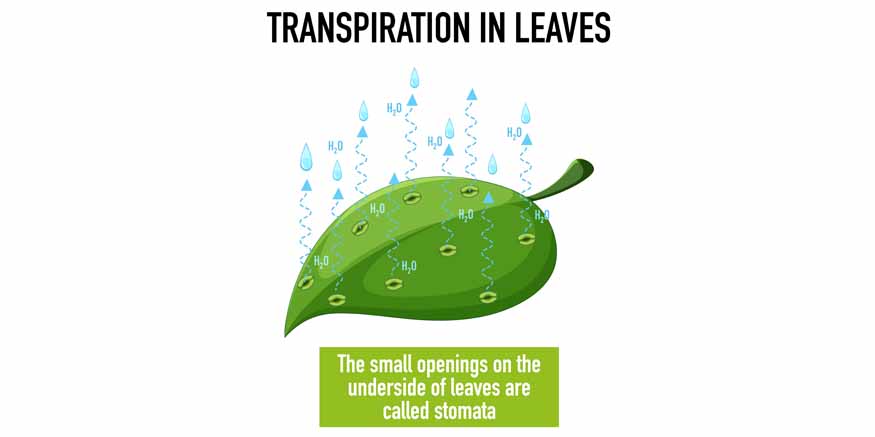
The cohesion-tension mechanism ensures a continuous stream of water and nutrients from the roots to the leaves against the force of gravity.
Once the water and nutrients reach the leaves, the plant uses them for various physiological processes including photosynthesis, growth, and development. The plant distributes the food (glucose) through vascular tissue called the phloem, to other parts of the plant, such as roots, stems, and growing fruits.
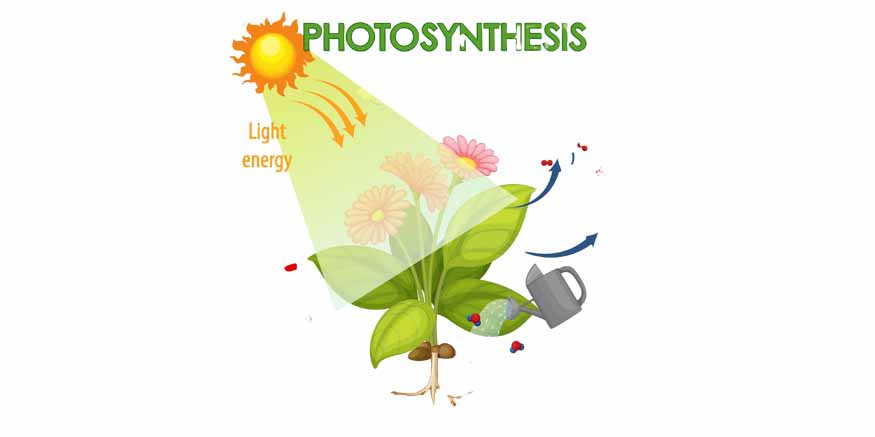
The phloem is responsible for transporting the sugars and other organic compounds produced in the leaves to all parts of the plant. Unlike the xylem, the phloem consists of living cells arranged in Sieve Tubes. The movement of nutrients through the phloem can occur in both upward and downward directions.
Translocation is a process that involves the movement of sugars from the source (usually the leaves) to the sink (roots, fruits, and growing shoots). The pressure-flow hypothesis explains this process, as sugar is actively loaded into the phloem at the source, creating a high-pressure area. Water then flows into the phloem from the xylem, generating pressure that pushes the sugar solution towards the sink.
The sugar at the sink is actively unloaded from the phloem, decreasing the pressure and allowing more sugar to flow in from the source.
Fact: Some plants like the Venus flytrap, have evolved to capture and digest insects to supplement their nutrient intake, particularly in nutrient-poor environments.
Plants often form symbiotic relationships with other organisms to enhance their nutrient uptake. For example, mycorrhizal fungi form mutualistic associations with plant roots. They extend the root system’s reach and increase the plant’s ability to absorb water and nutrients. In return, the fungi receive carbohydrates produced by the plant through photosynthesis.
Another example is nitrogen-fixing bacteria that live in the root nodules of legumes. These bacteria convert atmospheric nitrogen into a form that the plant can use, providing essential nutrients that might otherwise be unavailable.
Plants have developed various adaptations to optimise nutrient transport. Some plants have deep root systems that allow them to access water and nutrients from deeper soil layers. Others have specialised root structures like buttress roots or aerial roots that provide stability and, aid in nutrient absorption.
Additionally, plants growing in dry environments have adaptations such as thick, waxy cuticles and reduced leaf surface area to minimise water loss while maximising nutrient uptake.
Fact: Plants like the sunflower can remove toxins from the soil through a process known as phytoremediation. This shows the incredible versatility and resilience of plants.
Conclusion
The transportation of nutrients in plants is a complex yet efficient process that involves the coordinated efforts of various structures and mechanisms. From root absorption to the upward journey through the xylem and the distribution via the phloem, plants have evolved sophisticated systems to ensure their survival and growth. Understanding these processes highlights nature’s ingenuity and provides insights into plants’ adaption to diverse environments.
For more such informative/interesting blogs, visit Center Point School.

